Exhibits
Elizabeth Hughes Holloway & Leslie Ford
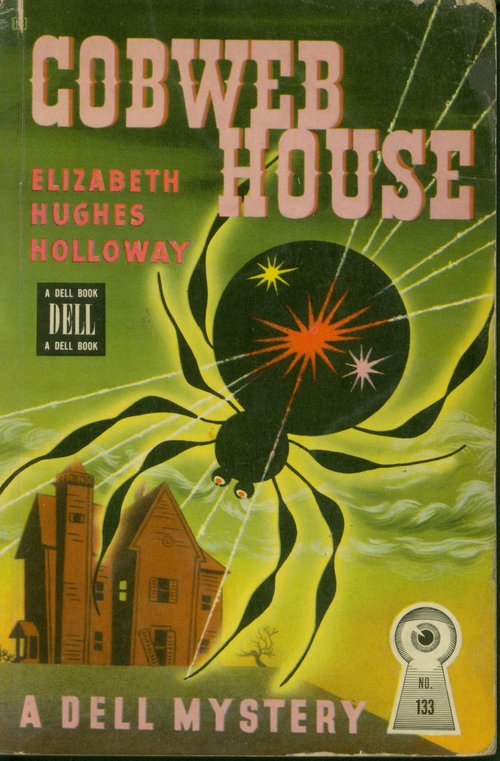
“The Golden Age of Mystery” dates from the 1920 publication of Agatha Christie’s first Hercule Poirot novel, The Mysterious Affair at Styles, through World War II. The era’s gilding arose from the number of excellent mysteries produced and the increased popularity of a genre deemed by the educated as a “natural recreation of noble minds.” After all, it is during this period that a number of writers began to adopt the “fair play rule” in which the story contained all the clues needed to solve the puzzle, thus permitting the reader to match his wits against the fictional detective.

In Elizabeth Hughes Holloway's Cobweb House, Anna Sue Yancy visits her grandfather for the first time at his Pass Christian home (“you pronounce it as if it were spelled Christyan with the accent on the last syllable. Queer and foreign-sounding isn’t it?”). The novel begins in an epistolary fashion in letters sent by Anna to her scientist fiancé in which she describes tense familial relationships and a Voodoo-practicing servant. The missives culminate in a telegram announcing the old man’s death. The fiancé joins Anna on the Gulf Coast and proceeds to prove the death was unnatural and then pinpoints the murderer. Elizabeth Hughes Holloway’s novel first appeared in 1931 as a Dutton Clue Mystery.
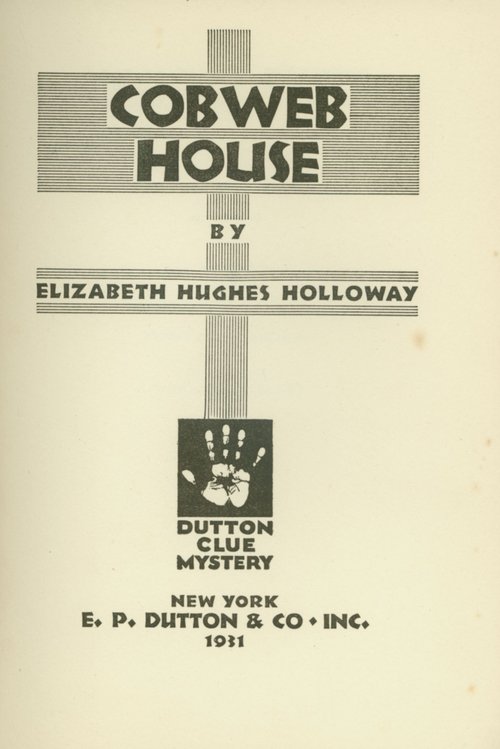
Leslie Ford was one of two pseudonyms used by Zenith Jones Brown of Annapolis, Maryland, the author of over sixty novels. Under the name David Frome, she wrote a mystery series set in London, while she reserved Ford for three other series and a run of stand-alone books with American settings. Published by Scribner’s in 1942, Murder with Southern Hospitality takes place in Natchez during the annual tourist pilgrimage of antebellum homes and gardens. Adopting Mary Roberts Rinehart’s “had-I-but-known” retrospective narrative style, the plot revolves around a visiting clubwoman who falls victim to a feud between two old Natchez families.
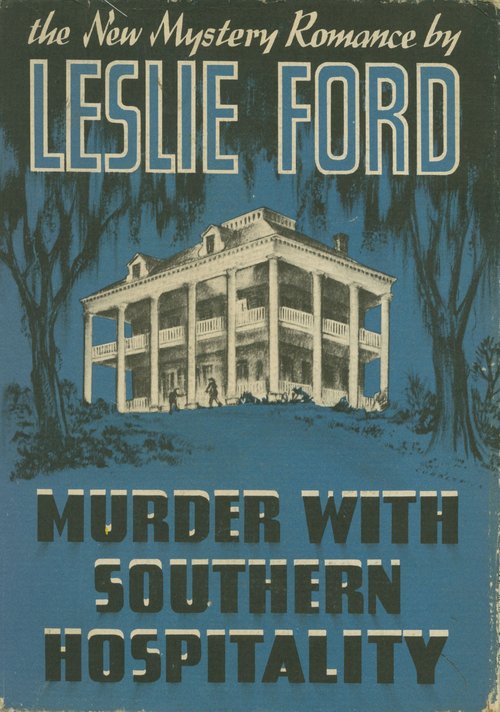
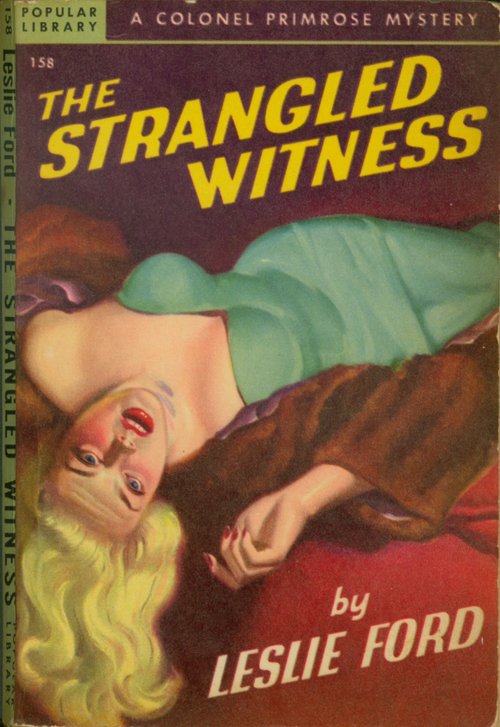
Dell later reprinted both Cobweb House (#133 in 1946) and Murder with Southern Hospitality (#505 in 1951) in 25-cent paperbacks with maps of the crime scene or locale on the back covers. Such “mapbacks” are now a favorite of collectors.
Edwin Dial Torgerson & Carl Buchanan
The son of a Swedish-immigrant architect, Edwin Dial Torgerson was born in Meridian, Mississippi in 1896 and spent part of his early childhood in Oxford. After graduating from high school, he worked for a number of newspapers and edited Hearst’s American Weekly. Torgerson also wrote short stories that appeared in well-known periodicals, including several detective tales. His first full-length novel, The Murderer Returns, takes place in Montreal, Canada. The principal clue is a set of paw prints left in the snow by a cat. In 1937, he moved to Hollywood after MGM invited him to write a screenplay based on one of his mysteries, and he died there the following year.
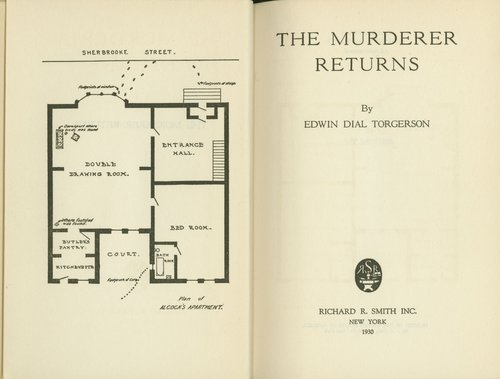
Carl Buchanan was the pseudonym used by James Robert Peery on The Black Cloak Murders published in London by C. Arthur Pearson, Ltd. in 1936, with later translations in Spanish and Danish. Set in the southern United States, a murderer seeks information concerning a treasure buried in Europe at the end of World War I. Peery was born outside Stewart, Mississippi in 1900 and grew up in Eupora. During World War I, he served in the U.S. Army’s Signal and Intelligence divisions. Once home, he worked in banking and cotton before settling into journalism. Pulp magazines accepted several pot-boilers submitted by him under a penname. Peery reserved his real name for two literary novels that appeared in 1938 and 1940.

Ben Ames Williams

A popular author whose books ranged from sea stories and mysteries to psychological dramas and historical fiction, Ben Ames Williams published over 400 short stories in magazines, 35 books, and almost 20 screenplays for the movies. Born in his mother’s hometown of Macon, Mississippi in 1889, his family moved to Ohio while he was still an infant. Williams, however, continued to spend summers in the Magnolia State during his youth. As an adult, he lived in Massachusetts and Maine.
On display is a 1947 letter written by the author in which he describes himself as “completely uninterested in ‘literature’ whatever that is. . .”
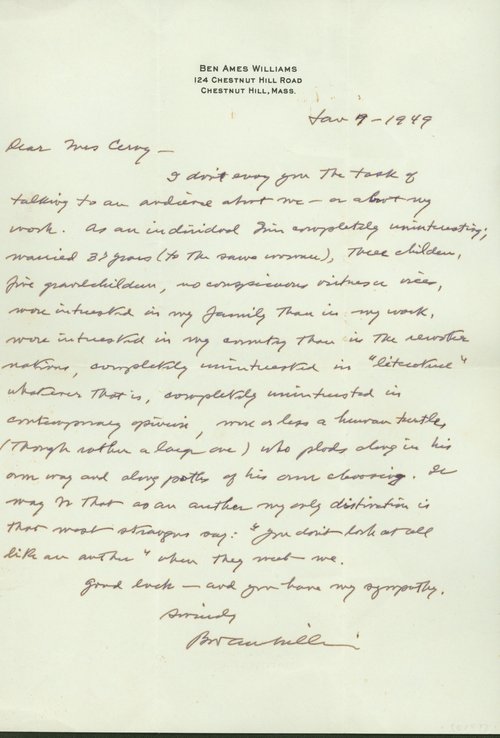
Williams wrote a number of mysteries during the golden era of the 1920s and 30s. Five of the plots were set in Maine: The Silver Forest (1926), Dreadful Night (1928), Mischief (1933), Pascall’s Mill (1933), and Hostile Valley (1934). Meanwhile, Death on Scurvy Street (1929) and Crucible (1937) took place in Boston, and Hollywood provided the locale for An End to Mirth (1931).
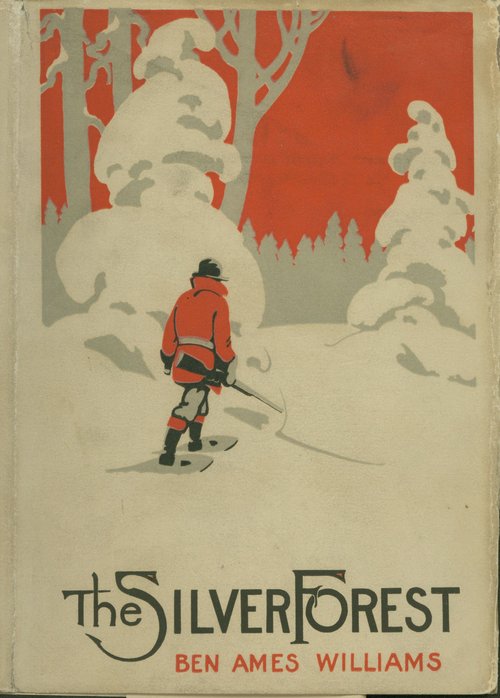
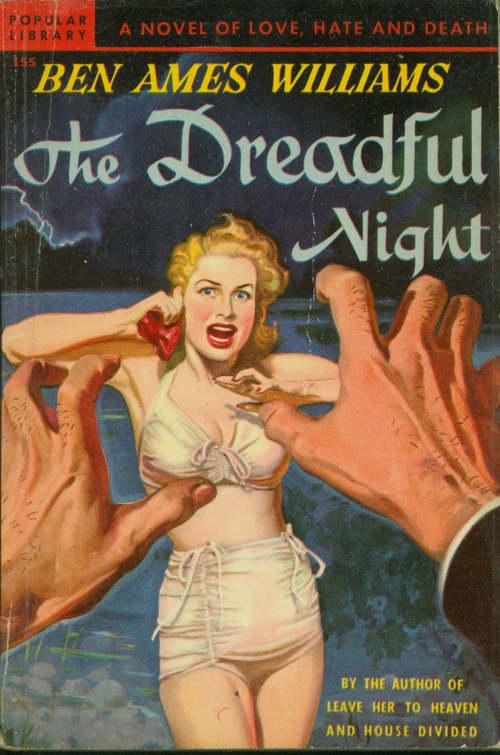

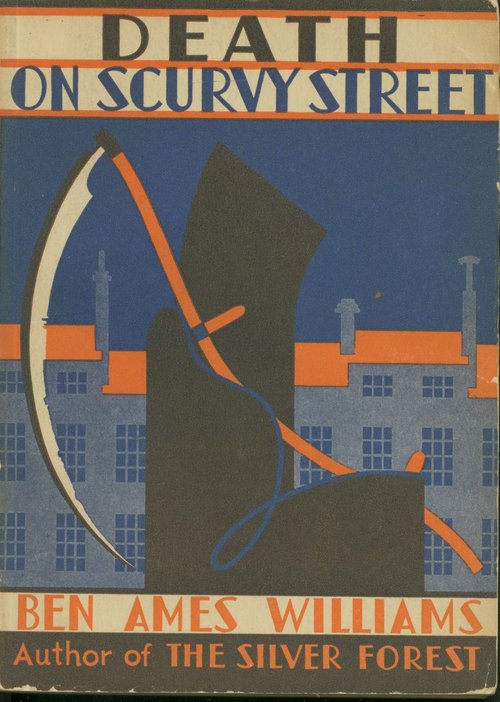
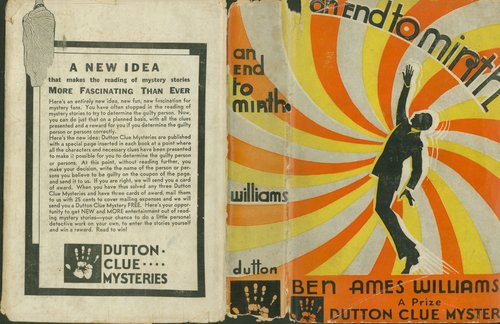
Both Money Musk (1932) with its anonymous urban setting and An End to Mirth first appeared as Dutton Clue Mysteries. Right before the denouement and after the author had provided all the clues necessary to solve the puzzle, the publisher inserted a page on which the reader could write the name of the guilty party. After returning three such coupons to Dutton, the reader would receive a free mystery.
Popular Library later retitled Money Musk as The Lady in Peril (1948). The three 1940s paperbacks on display feature excellent examples of “Good Girl Art” in which attractive women appear in risqué or precarious situations. These collectable covers were part of a post-World War II trend to lure potential buyers with sexy, suggestive covers.
Newton Gayle
Born in Raymond, Mississippi in 1895, Muna Lee was the eldest of nine children. When she was seven, her family moved to Oklahoma, but Lee returned to Mississippi to attend Blue Mountain College when she was fourteen. By eighteen, she had graduated from the University of Mississippi, and the 1913 Ole Miss annual saluted her talent:
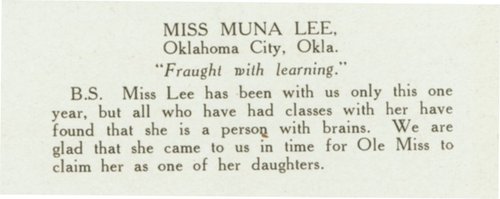
"Muna Lee has been with us only this one year, but all who have had classes with her have found that she is a person with brains. We are glad that she came to us in time for Ole Miss to claim her as one of her daughters."
Lee published her first poem within a year of graduation. Hundreds more poems would follow, including a volume entitled Sea-Change (1923). After spending two weeks teaching herself Spanish, Lee landed a New York job with the U.S. Secret Service during the First World War. As a confidential translator, she censored mail written Spanish as well as in Portuguese and French.
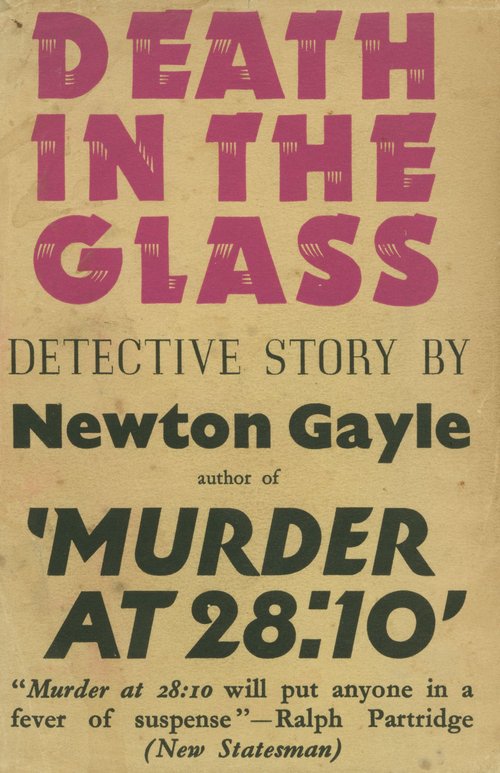
Within a year, she had met and married Luis Munoz Marin, a poet and journalist whose father was an esteemed Puerto Rican statesman. The couple divided the next two decades between New York and the island. During this period she began to translate Latin American poetry and prose into English, served as director of International Relations at the University of Puerto Rico, and advocated for woman’s suffrage and equal rights.
In 1941, the U.S. State Department offered Lee a position as a cultural affairs specialist arranging exchanges of literature, art, and film with Latin American nations. It was in this context that she made the acquaintance of William Faulkner when she attempted to persuade the notoriously reclusive author to visit Brazil. Faulkner responded in a letter: “Can there be more than one Muna Lee? more than one whose verse I have known since a long time?” Two months after retiring from the State Department in 1965, Lee died in Puerto Rico.
Between 1933 and 1938, this accomplished woman turned to writing mysteries for both fun and profit. With Maurice Guinness, a Shell Oil executive stationed in San Juan, Lee co-authored five mysteries under the penname “Newton Gayle.” Published by Scribner’s in America and Gollancz in England, the volumes were also translated into Spanish and Italian. The series received good reviews.
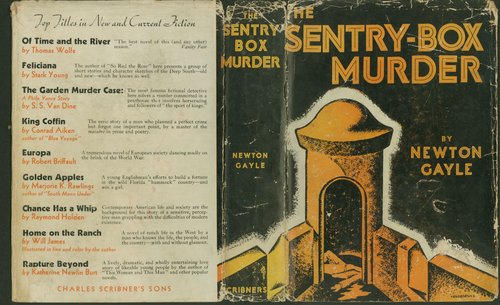
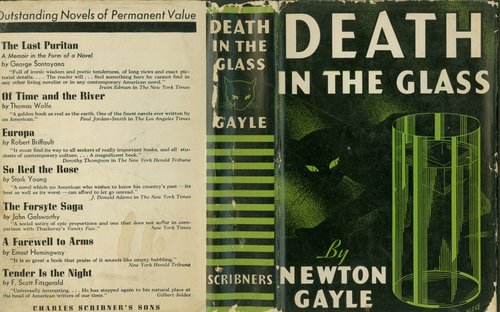
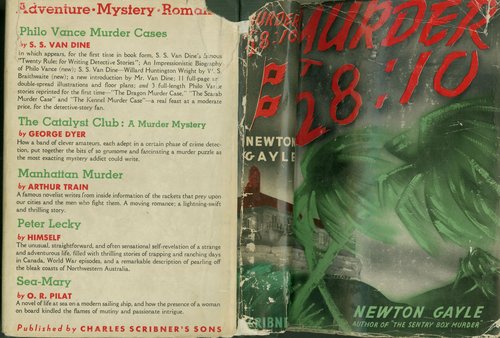
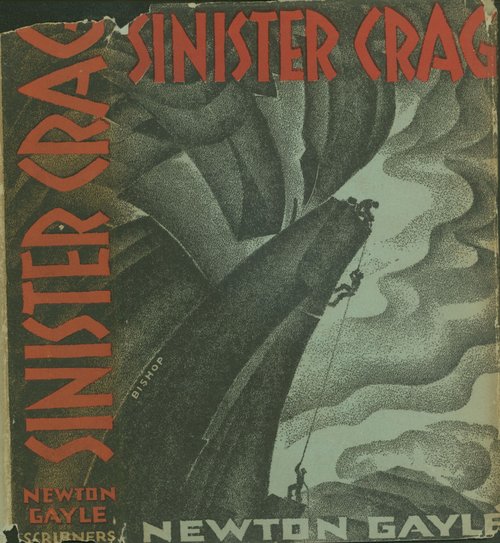

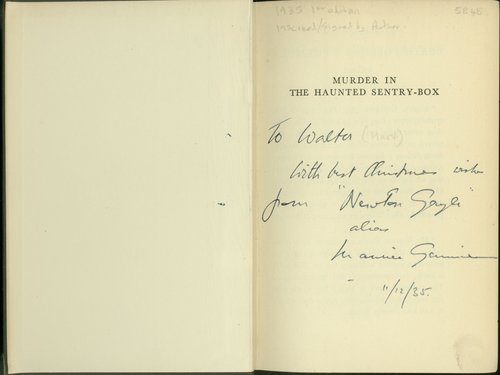


Girls' Mystery Series
Just as mysteries increased in popularity among adults during the 1930s and 1940s, a similar appetite for the genre grew among young readers. Publishing syndicates filled the need in part with series books in which the same protagonist or group reemerges in the formulaic plot of each succeeding volume. Unlike adult versions, however, murder was largely absent from juvenile mysteries. Instead, the dilemmas tended to involve lost heirs, hidden treasures, criminal enterprises, or seemingly supernatural occurrences. Adventure and intrigue might abound, but no serious injuries were ever suffered.
Initially, the heroines of girls’ series moved about in the safety of groups before gradually evolving into the singular sleuth typified by Nancy Drew. Several series, in fact, concentrated on the experiences of a troop of Girl Scouts or Camp Fire Girls. The youth movement had originated in Britain with the Boy Scouts in 1908, and the Girls Scouts were established in the United States by 1912. Much like their real-life counterpart, these heroines escaped stereotypical gender expectations with their greater physical activity and explorations of the natural world. On the other hand, both the authors and scouting organizations weakened this potentially inspirational feminist message by emphasizing socially acceptable behavior and training in domestic skills.
Between 1933 and 1936, Virginia Fairfax wrote the six books that comprise the Girl Scout Mystery Series. She had moved to Brookhaven, Mississippi almost ten years earlier and helped to start one the state’s first Girl Scout troops. Set in the Magnolia State, Fairfax’s fictional troop of scouts worked together to unravel the puzzles and secrets encountered while they enjoyed the “elusive lure of the open . . . the thrills of camp sports and the always welcome call of adventure,” as touted by the publisher A. L. Burt Company.

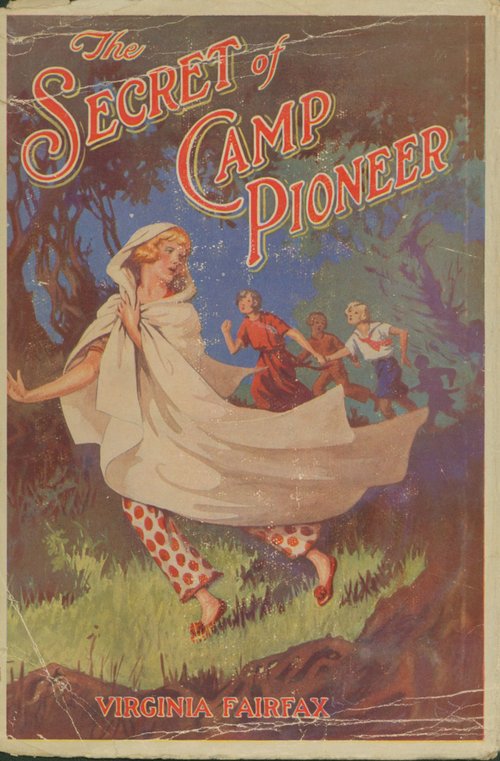
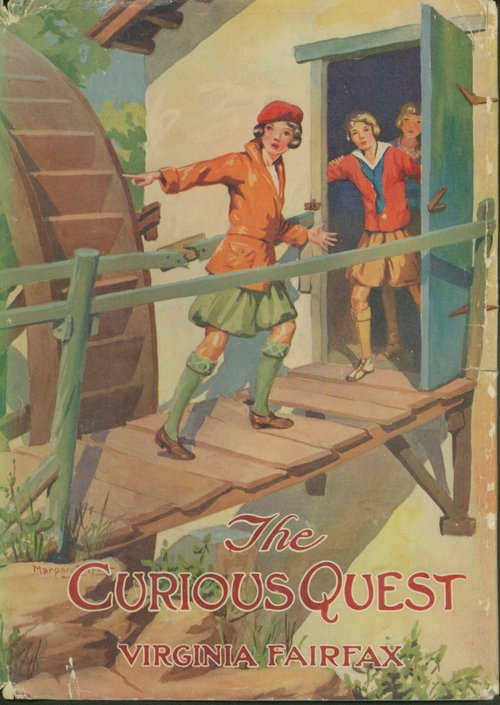


Helen Randolph, the author of the three-volume Mexican Mystery Series published in 1936, was the pseudonym used by co-authors Virginia Fairfax and Helen Allan Ripley. Ripley had immigrated to Monterrey, Mexico as a young child, remaining there until her groom brought her to Brookhaven in 1908. Ripley shared leadership duties in the Scouts with Fairfax, later writing that “Each year we took the girls on a 2 weeks camp, and it was from the interest the girls took in the stories we told around the camp fires that we got the idea of writing the books.”
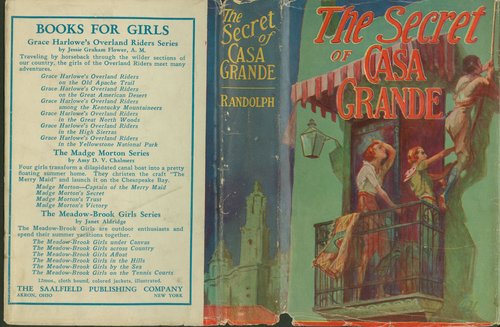
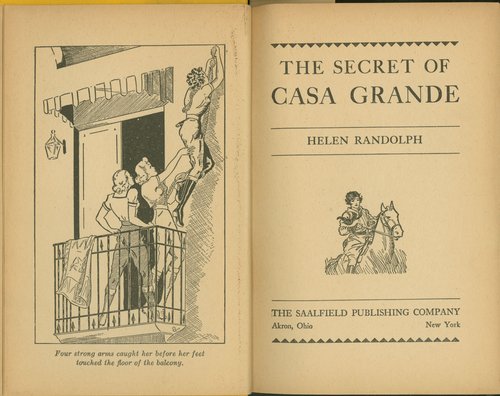
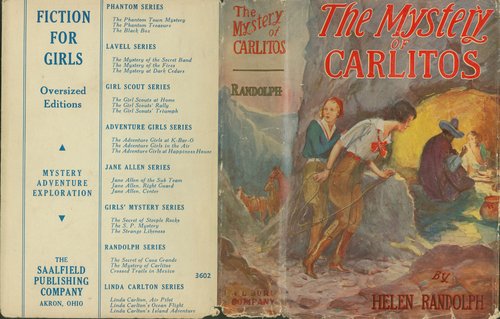


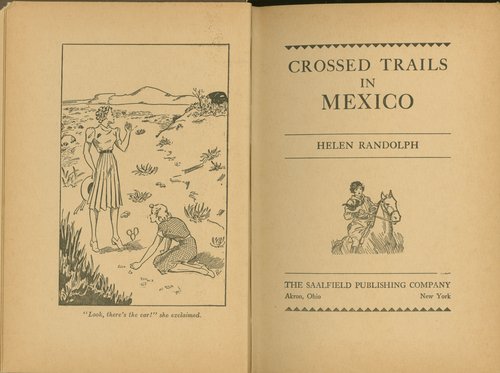
Carl Buchanan. The Black Cloak Murders. London: C. Arthur Pearson, c.1936.
Virginia Fairfax. The Trail of the Gypsy Eight. New York: A. L. Burt Company, 1933.
-- The Secret of Camp Pioneer. New York: A. L. Burt Company, 1933. End papers.
-- The Secret of Halliday House. New York: A. L. Burt Company, 1933.
-- The Mysterious Camper. New York: A. L. Burt Company, 1933.
-- The Curious Quest. New York: A. L. Burt Company, 1934.
Leslie Ford. Murder with Southern Hospitality. New York: Dell Publishing Company, n.d. Back cover.
-- Murder with Southern Hospitality. New York: Charles Scribner’s Sons, 1942.
-- The Strangled Witness. Popular Library, 1948.
Newton Gayle. The Sentry-Box Murder. New York: Charles Scribner’s Sons, 1935.
-- Murder in the Haunted Sentry-Box. London: Victor Gollancz, 1935. Inscribed by co-author Maurice Guiness.
-- Murder at 28:10. New York: Charles Scribner’s Sons, 1936.
-- Murder at 28:10. London: Victor Gollancz, 1936.
-- Death in the Glass. London: Victor Gollancz, 1937. Title page.
-- Death in the Glass. New York: Charles Scribner’s Sons, 1937.
-- Sinister Crag. New York: Charles Scribner’s Sons, 1939. End papers.
-- Sinister Crag. New York: Charles Scribner’s Songs, 1939. Inscribed by co-author Muna Lee.
-- “Miss Muna Lee, Oklahoma City, Okla.”. 1913 Ole Miss (yearbook).
Elizabeth Hughes Holloway. Cobweb House. New York: Dell Publishing Company, 1946. Back Cover.
-- Cobweb House. New York: E. P. Dutton & Co., 1931.
Helen Randolph. Crossed Trails in Mexico. Akron, OH: Saalfield Publishing Company, 1936. Title page.
-- The Mystery of Carlitos. Akron, OH: Saalfield Publishing Company, 1936. Title page.
-- The Secret of Casa Grande. Akron, OH: Saalfield Publishing Company, 1936. Title page.
Edwin Dial Torgerson. The Murderer Returns. New York: Richard R. Smith, 1930.
Ben Ames Williams. The Silver Forest. New York: Popular Library, n.d.
-- The Silver Forest. New York: E. P. Dutton & Company, 1926.
-- Death on Scurvy Street. New York: E. P. Dutton & Company, 1929.
-- Death on Scurvy Street. N.p.: Continental Books, c.1929.
-- An End to Mirth. New York: E. P. Dutton & Co., c.1930.
-- Hostile Valley. New York: E. P. Dutton & Company, 1934.
-- The Dreadful Night. New York: Popular Library, 1948.
-- Lady in Peril. New York: Popular Library, 1948.
-- Autograph Letter Signed. 9 January 1949. Ben Ames Williams to Mrs. Cervy.
